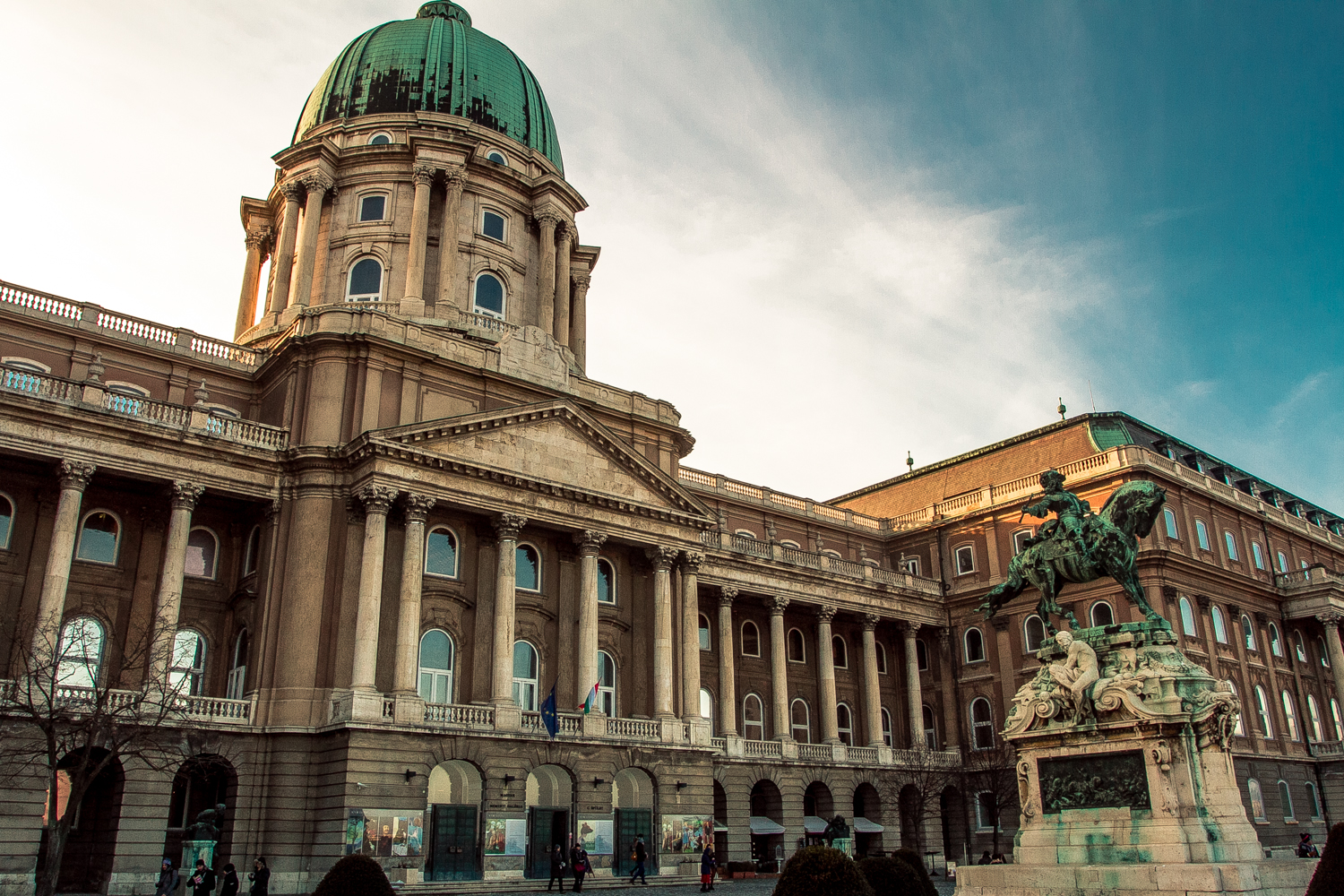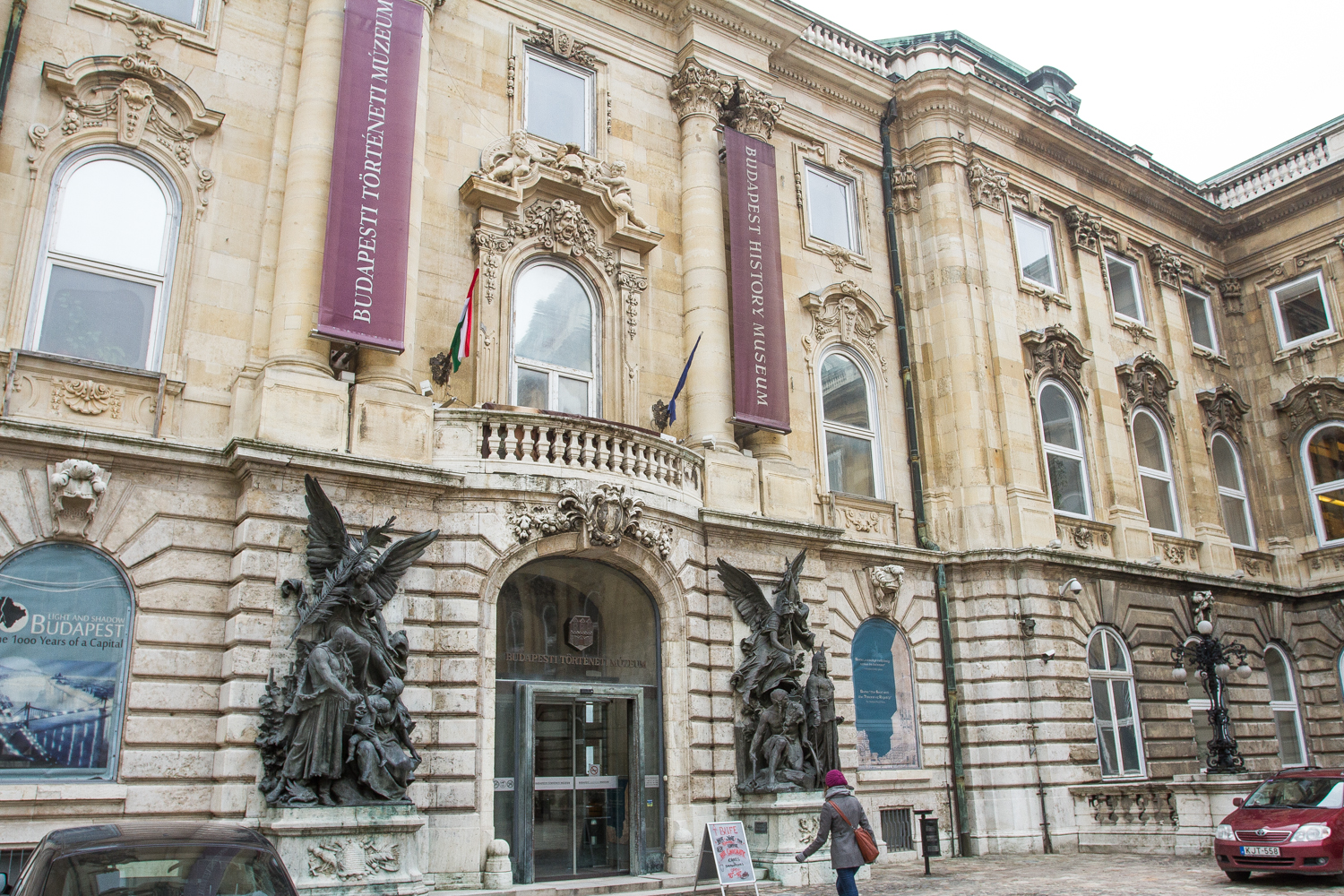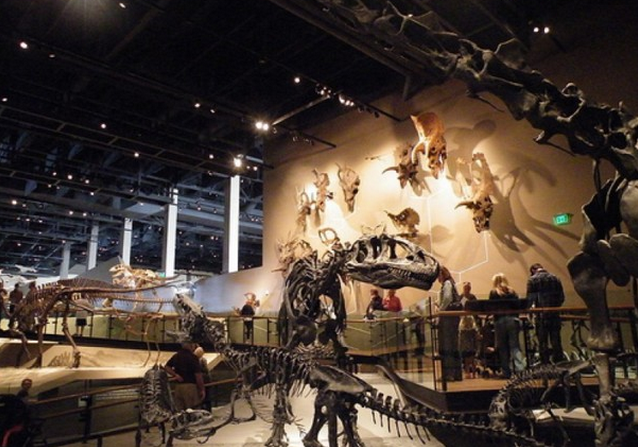Table of Contents
- 1 / 14 - Budapest History Museum, Castle Museum
- 2 / 14 - Holocaust Memorial Centre
- 3 / 14 - House of Terror Museum
- 4 / 14 - Hungarian House of Photography
- 5 / 14 - Hungarian Museum of Science, Technology and Transport
- 6 / 14 - Hungarian National Gallery
- 7 / 14 - Hungarian National Museum
- 8 / 14 - Hungarian Natural History Museum
- 9 / 14 - Kiscelli Museum
- 10 / 14 - Kunsthalle
- 11 / 14 - Ludwig Museum
- 12 / 14 - Memento Park
- 13 / 14 - Museum of Applied Arts
- 14 / 14 - Museum of Ethnography
1/15
Budapest History Museum, Castle Museum
There are three major sections of the Budapest History Museum. The collections - Roman Antiquities and archaelogy (Aquincum Museum), Medieval (Castle Museum) and Modern Age, and local history and fine art (Kiscelli Museum) were created almost simultaneously, but developed independent of each other. The centre of the Budapest History Museum is found in Building E of the Buda Castle, also known as the Castle Museum (Vármúzeum). Here find information on Budapest in the Modern Age (under construction), Gothic sculptures from the Royal Palace of Buda, the history of Budapest from the prehistoric age and the medieval Royal Palace of the Buda castle.
2/15
Holocaust Memorial Centre
The Holocaust Memorial Center (Holokauszt Emlékközpont) near the Páva Street Synagogue offers an interactive permanent exhibition that takes visitors through the history of the Holocaust, as well as presenting a collection of historical accounts, and showing original documents and objects. There is a central courtyard for reflection and an 8-metre-high, black glass wall bearing the names of the Hungarian victims of the holocaust. There is also a library, a bookshop, a cozy coffee shop, and the Braham Information Centre. Guided tours are also available in a number of languages and thematically focused tours are offered regularly.
3/15
House of Terror Museum
The House of Terror (Terror Háza) is a museum on Andrássy Avenue at the former headquarters of the communist secret police (ÁVH). Its exhibitions commemorate the victims of the fascist and communist regimes in Hungary in the 20th century, including those detained, interrogated, tortured or killed in the building. The permanent exhibition portrays the country’s relationship with Nazi Germany and the Soviet Union during the years of occupation by those powers. It also introduces Hungarian fascist Arrow Cross Party and the ÁVH, a communist secret police similar to KGB. This shocking exhibition helps to better understand these periods in Hungarian history.
4/15
Hungarian House of Photography
The Hungarian House of Photography in the Mai Manó House, provides a venue for Hungarian, international, historical and contemporary photo exhibitions. The exhibitions change, but are always interesting. The Mai Manó Bookshop sells a range of photography-themed books. Nearby is the Capa Centre - the Contemporary Photography Centre. It's named after famous photographer Robert Capa. It also has an ever-changing, yet always relevant, range of exhibitions and events.
6/15
Hungarian National Gallery
The Hungarian National Gallery (Magyar Nemzeti Galéria) is the largest public collection of the fine arts in Hungary. It is located in the Buda Castle. Its permanent exhibitions are late Renaissance and Baroque art, medieval and renaissance stone carvings, panel paintings and wooden sculptures from the Gothic period, 19th century paintings and sculptures, the art of Mihály Munkácsy, and 20th century art before 1945. Its regularly changing, non-permanent exhibitions are also worth seeing. If you only have time for one museum the National Gallery is possibly the ideal choice in an ideal location.
7/15
Hungarian National Museum
The Hungarian National Museum (Magyar Nemzeti Múzeum) is the largest museum in Hungary. It introduces Hungarian culture and history through its huge collection of artefacts, and archaeological, historical, and ethnical relics of the people of the Carpathian Basin. The museum provides a realistic picture of Hungarian history, with all its grief and joy, thus it is an important and educational museum to visit.
8/15
Hungarian Natural History Museum
The Hungarian Natural History Museum (Magyar Természettudományi Múzeum) is located in what was the Ludovika Military Academy. Here meet huge reconstructions of the dinosaurs that once lived in Hungary, and learn about the natural environment of the Carpathian Basin, see rocks that show the geological history of millions of years, find out about the importance of minerals, rocks and gems, and see a huge fin whale skeleton, plus see the beauty of coral reefs. It's an often interactive museum with a collection of more than ten million items.
9/15
Kiscelli Museum
The Kiscelli Museum focuses on Modern Age history and fine art of Budapest. The setting itself is beautiful as it's located in what was once a baroque monastery and church in wooded park in Óbuda. See pieces of antique furniture, sculpture, trade signs, blueprints, silverware, and contemporary photos, while the temporary exhibitions usually focus on the history of photography, fashion, architecture and sports. Works by modern and contemporary Hungarian artists are also often on display. A visit to the Kiscelli Museum makes a great day-trip. There is a hiking trail across the woods adjacent to the building, and you can also find the Kiscelli Calvary Stations, the Golgota Sculpture and the Szent Vér Chapel here.
10/15
Kunsthalle
The Kunsthalle (Műcsarnok) at Heroes' Square is the definitive exhibition gallery of contemporary visual arts in Hungary. Conceived on the model of German Kunsthalles, this neo-Renaissance building was erected in 1896 for the country’s Millennial celebrations. Its mission is to introduce and promote Hungarian and international visual arts trends. There are about five major exhibitions each year, showcasing exhibitions of renowned Hungarian and foreign contemporary artists.
11/15
Ludwig Museum
The Ludwig Museum is in the Palace of Arts displays artwork by modern and contemporary artists. The permanent collection contains valuable pieces of American pop art (including Andy Warhol, Claes Oldenburg and Robert Rauschenberg). There's also a strong focus on Eastern and Central European art and presents the Hungarian art of the 60s to recent days in an international context. The temporary exhibitions showcase leading artists from the international scene as well as the best-known Hungarian masters, all with the help of 21st century technology. The building itself is worth exploring - it can be considered a contemporary work of art in itself!
12/15
Memento Park
Providing a glimpse behind the Iron Curtain, Memento Park is one of the most spectacular sights in Budapest. Although it's a bit further out from the city, it's a must-see. Memento Park displays the monuments of the Communist Era. The pieces of this stunning historical collection, were statues and plaques that were removed from the streets of Budapest after the collapse of Socialism in 1989-90.
13/15
Museum of Applied Arts
The building of the Museum of Applied Arts (Iparművészeti Múzeum) is one of the finest examples of Hungarian Art Nouveau architecture. The masterpiece was designed by Ödön Lechner and Gyula Pártos and it's stunning inside and out - including decorative Zsolnay porcelain tiles. In addition to the permanent exhibition of Hungarian craftsmanship and artwork, the building hosts numerous design events and temporary modern exhibitions. Reconstruction designs for the somewhat dilapidated museum are ready, and works might soon begin.
14/15
Museum of Ethnography
The Museum of Ethnography (Néprajzi Múzeum) is a national museum in Budapest, opposite the Hungarian Parliament at Kossuth Square. Its permanent exhibition is entitled: Traditional Culture of the Hungarians. This looks specifically at the culture, traditions and life of the Hungarian peasantry from the end of the 18th century to WWI. The exhibition shows the tools used in that period at home and at work, the everyday and festival wear of the Carpathian peoples, and traditional food and handicrafts.


















